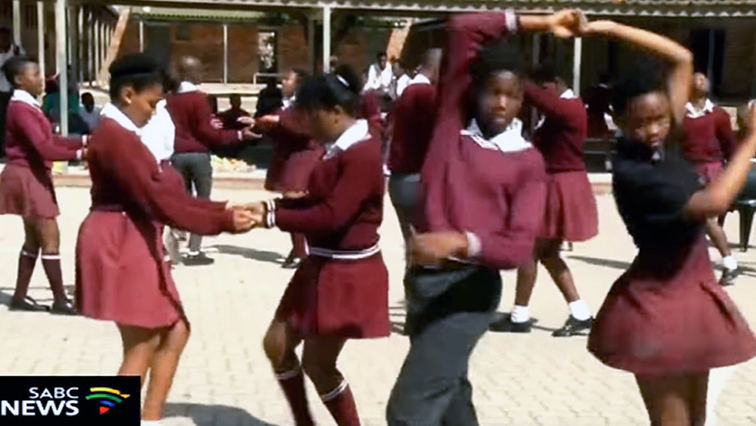A primary school in Hangberg outside Cape Town is using the art of song and dance to reduce stress in children and hopefully, increase their learning capabilities.
The area is often affected by violence, drug, alcohol and sexual abuse which have a negative impact on the children.
Learners from Grade R to Grade 2 at Sentinel Primary School are being taught Biodanza which is a dance Technique aimed at helping children release their frustration and aggression among other objectives.
It’s their morning mantra aimed at encouraging self-esteem in an environment riddled by various social ills. During these 30-minute sessions known as “dance assembly” some learners are taught Biodanza.
Biodanza Facilitator, Shumi Chimombe says the exercise is critical for a child’s well-being.
“These children by their very nature are spontaneous. They have wonderful imaginations and when they don’t have that opportunity to connect with magic and imagination through dance, then what are we doing to our kids? So, these 15 minutes is for them to really dance and connect with the possibility of life and joy. I can do anything; self-esteem, and then they are also calming down to be able to be calm and focused which will help them learn in class as well.”
And for the learners, it’s arguably the highlight of their day. “I did dance and then I did enjoy my dance. It was nice and fun and I like it and that’s all.”
Teaching staff at the school have welcomed the project. Deputy Principal Tina Steyn says there’s a vast improvement in learner behaviour in the classroom following dance assembly.
“These children come from backgrounds where there is a lot of socio-economic problems; there’s a lot of abuse. There’s substance abuse; there’s physical abuse; there’s sexual abuse. So, this, I found, has brought these children into a situation where they can express their emotions and it actually doesn’t make them so physically busy and disruptive in the classes. So, by the time they reach the classroom after this half an hour lesson, they seem to be much calmer.”
A registered councillor who works with children, Caitlin Jones, says often children are cooped up in the classroom without any physical stimulation and this can be detrimental.
“A lot of our ECD centres, especially in informal settings, don’t have spaces for children to express themselves or even to run around. Often children spend the whole day from six in the morning till six in the evening in a classroom that is overcrowded and aren’t able to move their bodies which young children need to.”
The project is run by a local NGO called WISE which operates in various disadvantaged schools. This project is currently still in pilot phase and started at the school in November 2018.






